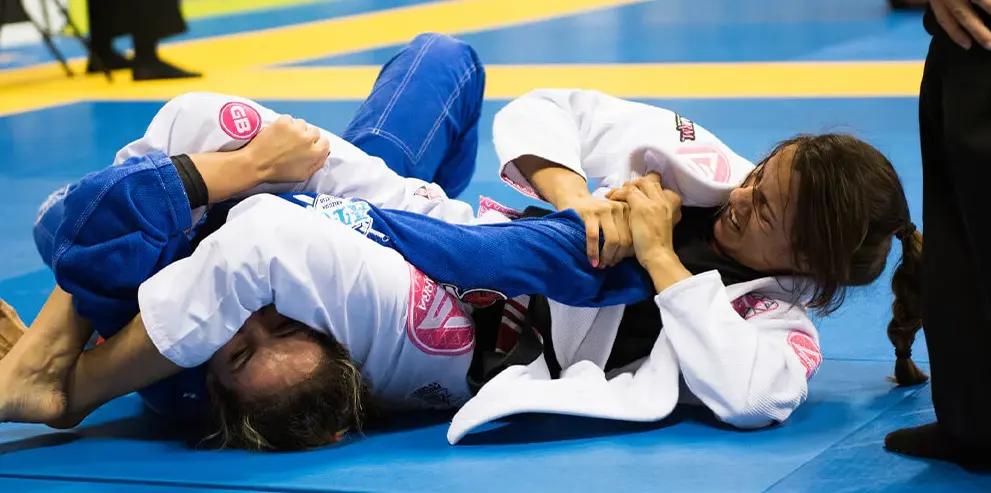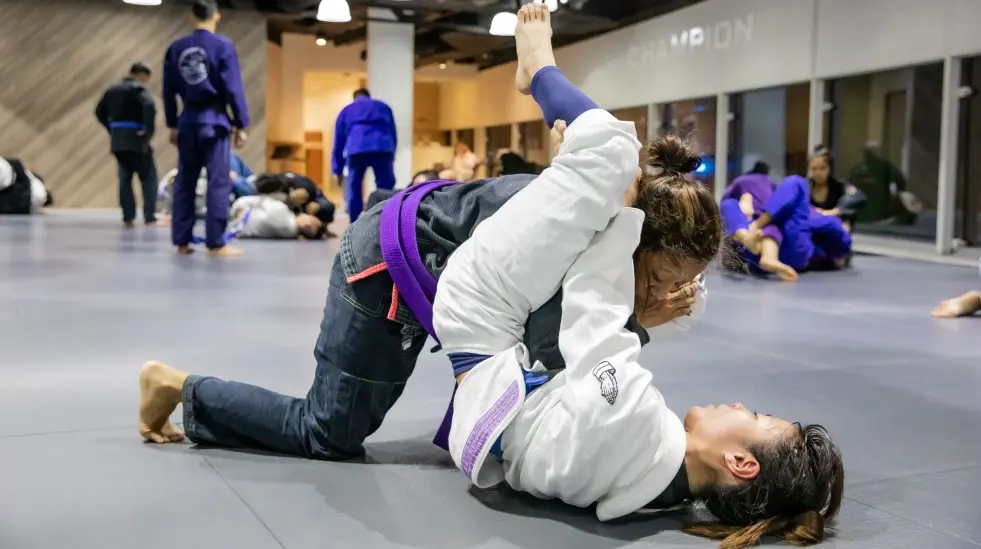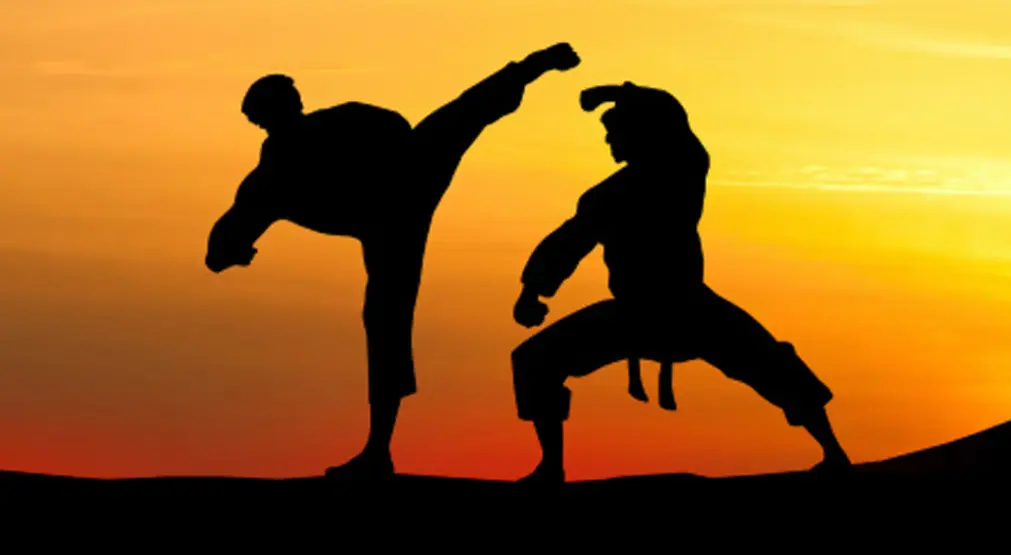Brazilian Jiu-Jitsu: The Gentle Art of Ground Fighting: Brazilian Jiu-Jitsu (BJJ) is a martial art and combat sport that focuses on grappling, ground fighting, and submission holds. It emphasizes the use of leverage and technique to control and subdue an opponent, regardless of their size and strength. Originating from Japanese Jiu-Jitsu and Judo, BJJ has evolved into a distinct and highly effective form of self-defense and competition, gaining global recognition through its success in mixed martial arts (MMA) and grappling tournaments.
History and Evolution
The roots of Brazilian Jiu-Jitsu trace back to Mitsuyo Maeda, a Japanese judoka and Jiu-Jitsu practitioner who traveled to Brazil in the early 20th century. Maeda taught his techniques to Carlos Gracie, who, along with his brothers, adapted and refined the techniques to create their unique style. Helio Gracie, Carlos’s younger brother, played a significant role in modifying the techniques to suit his smaller physique, emphasizing leverage and efficiency over brute strength.
The Gracie family continued to develop and promote BJJ, hosting the first Gracie Challenge matches to demonstrate its effectiveness against other martial arts. These no-holds-barred contests showcased BJJ’s superiority in ground fighting, earning it a reputation as a formidable martial art.
Core Principles
BJJ is built on several core principles that make it unique and effective:
- Leverage and Technique: BJJ emphasizes the use of leverage and precise techniques to control and submit opponents. This allows smaller individuals to defeat larger and stronger opponents.
- Position and Control: Practitioners focus on achieving and maintaining dominant positions to control their opponents and set up submissions. Key positions include the mount, guard, side control, and back control.
- Submission Holds: BJJ teaches various submission holds, including joint locks and chokeholds, to force opponents to submit. Common submissions include the armbar, triangle choke, and rear-naked choke.
- Adaptability: BJJ techniques are designed to be adaptable to different situations, whether in self-defense, sport grappling, or MMA. Practitioners learn to adjust their strategies based on their opponents’ actions and the environment.
- Continuous Improvement: BJJ encourages a mindset of continuous learning and improvement. Practitioners, or “jiu-jiteiros,” constantly refine their techniques and strategies through practice, sparring, and competition.
Training and Techniques
 BJJ training typically involves three main components: technique instruction, drilling, and sparring (or “rolling”). Classes often begin with a warm-up, followed by the instructor demonstrating specific techniques. Students then practice these techniques through drilling, which helps them develop muscle memory and precision.
BJJ training typically involves three main components: technique instruction, drilling, and sparring (or “rolling”). Classes often begin with a warm-up, followed by the instructor demonstrating specific techniques. Students then practice these techniques through drilling, which helps them develop muscle memory and precision.
Sparring is a critical aspect of BJJ training, allowing practitioners to apply their techniques in live, dynamic situations. Rolling sessions vary in intensity, from light positional sparring to full-speed grappling matches. This hands-on practice is essential for understanding the nuances of timing, control, and submission.
Key techniques in BJJ include:
- Guard Passes: Techniques to pass an opponent’s guard and achieve a dominant position.
- Sweeps: Techniques to reverse positions, typically from the guard, to end up on top.
- Submissions: Joint locks and chokeholds to force an opponent to tap out.
- Escapes: Techniques to escape from inferior positions and regain control.
Belt System and Progression
BJJ uses a belt system to signify a practitioner’s skill level and experience. The belt colors, in order of progression, are white, blue, purple, brown, and black. Each belt represents a significant milestone in a practitioner’s journey, requiring years of dedication and practice to achieve.
Advancement through the belts involves mastering a wide range of techniques, demonstrating proficiency in sparring, and contributing to the BJJ community. Promotions are typically awarded by an instructor or coach, who evaluates a student’s technical ability, understanding of principles, and overall commitment to the art.
Benefits of Brazilian Jiu-Jitsu
- Self-Defense: BJJ provides practical self-defense skills that can be used to protect oneself in real-world situations.
- Physical Fitness: Training in BJJ improves strength, endurance, flexibility, and cardiovascular health.
- Mental Toughness: BJJ teaches resilience, problem-solving, and the ability to remain calm under pressure.
- Community: BJJ fosters a strong sense of camaraderie and mutual respect among practitioners, creating a supportive and inclusive community.
- Personal Growth: The journey through BJJ belts promotes discipline, perseverance, and continuous self-improvement.
Brazilian Jiu-Jitsu in Popular Culture
 BJJ has gained widespread popularity through its success in MMA and grappling competitions. Fighters like Royce Gracie showcased BJJ’s effectiveness in the early days of the UFC, bringing it to the attention of a global audience. Today, many MMA fighters and athletes incorporate BJJ into their training, recognizing its value in both self-defense and sport.
BJJ has gained widespread popularity through its success in MMA and grappling competitions. Fighters like Royce Gracie showcased BJJ’s effectiveness in the early days of the UFC, bringing it to the attention of a global audience. Today, many MMA fighters and athletes incorporate BJJ into their training, recognizing its value in both self-defense and sport.
Additionally, BJJ has been featured in various movies, TV shows, and documentaries, further cementing its place in popular culture. The art’s emphasis on technique and strategy makes it an intriguing and visually compelling martial art to watch.
Conclusion
Brazilian Jiu-Jitsu stands out as a highly effective and versatile martial art, offering a practical approach to self-defense and a challenging yet rewarding path for personal growth. Its emphasis on leverage, technique, and continuous improvement makes it accessible to people of all ages and physical abilities. Whether you’re looking to learn self-defense, get in shape, or engage in a lifelong pursuit of mastery, BJJ offers a comprehensive and fulfilling journey.
